Hi Aquatic Sentinels and SteamSocial communities!🐬
Once again, I bring you content that I consider to be of quality, this takes several hours of reading, comprehension and writing.💡📚
But more than that, this is one more publication so that together we can appreciate and contemplate how wonderful our ocean is!
🦈🦀🐢🐳🐙 I hope you enjoy it!🐟🦈🦀🐢🐳
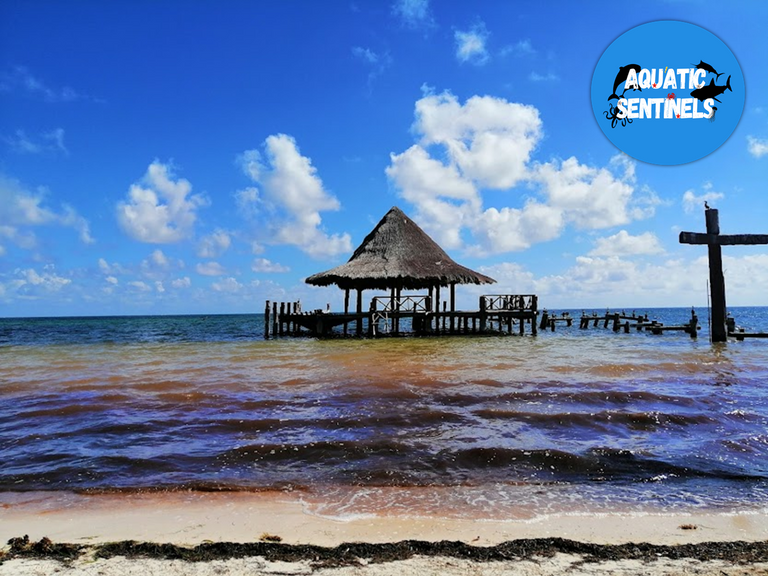
Photo by Juan Bacab G.📸
📍"Coral" Beach, Cancún, México
The sargassum issue has been something that has caught the attention of many ecologists and biologists in recent years, it is not a problem that only occurs in the place where I live (Cancun, Mexico), large quantities of sargassum reaching the shores of local beaches...
In addition to minimizing the number of tourists who come to a beach and which is not aesthetically very beautiful to observe, it is a problem that derives from pollution and the increase in temperature in our oceans.

Photo by Juan Bacab G.📸
📍"Coral" Beach, Cancún, México
With the efforts of some biologists, we are carrying out a small project of simple sargassum containers that could give us 👉alternatives to what we can do with large amounts of sargassum, and that not only be removed from the beaches to make large mountains of sargassum, which is only seen as garbage.
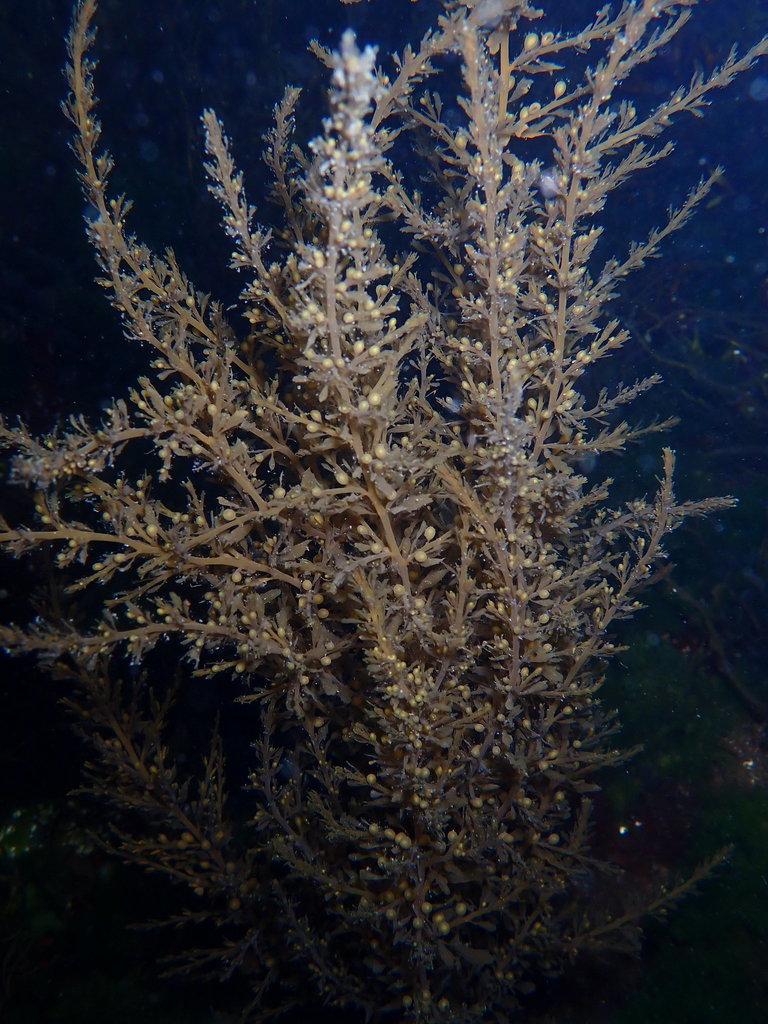
Photo by Kathleen R.📸 👉(Click here to see photo)
📍Nanaimo, BC, Canada
👉Join us until the end of this post to find out all the details👈...
The following information is taken from: Suárez, A. M., & Martínez-Daranas, B. (2018). "La problemática del Sargazo en el Caribe." Adaptación basada en Ecosistemas: alternativa para la gestión sostenible de los recursos marinos y costeros del Caribe. Adapted by @juanbg

What is sargassum?
In fact, sargassum is a genus of macro marine algae and they are generally brown or green in color and can even grow several meters under water. One of the most striking characteristics of these algae is that some species have gas-filled vesicles, for what purpose❓
...they are to float and thus carry out photosynthesis! In addition, they have flexible bodies that help them withstand the currents.
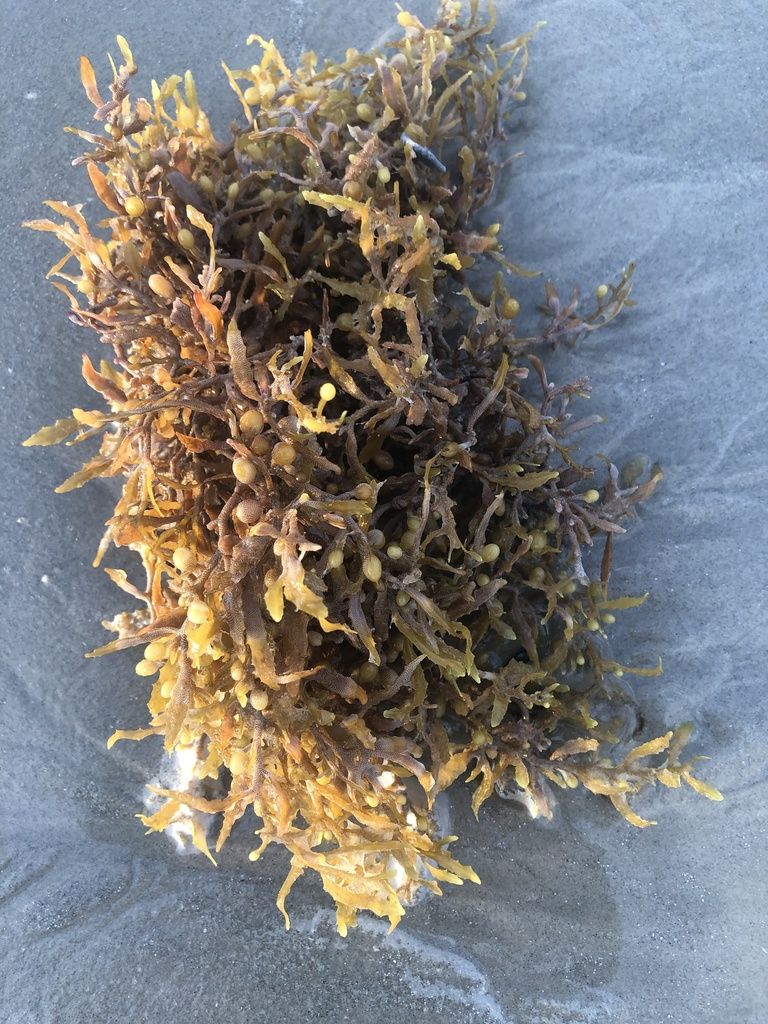
Photo by Larry Swift📸 👉(Click here to see photo)
📍Port Aransas Beach, Port Aransas, TX, US
As you will see, sargassum is not bad, but in recent years multiple unknowns have arisen as to why there have been large accumulations of masses of sargassum on the coasts, as well as big questions about how this situation can be managed and what we should do. with this build-up of sargassum.

Some specific cases of this problem🌎
The Caribbean and Africa, especially Ghana, were the first to be affected, since since 2011 large masses of sargassum have been reported to its coasts, in this year, specifically, upwellings were observed as never before, this was commented by local fishermen. In this year, scientific studies on the subject also increased, and it was thought that this problem was mainly due to the increase in temperatures and growth rates of different marine species.
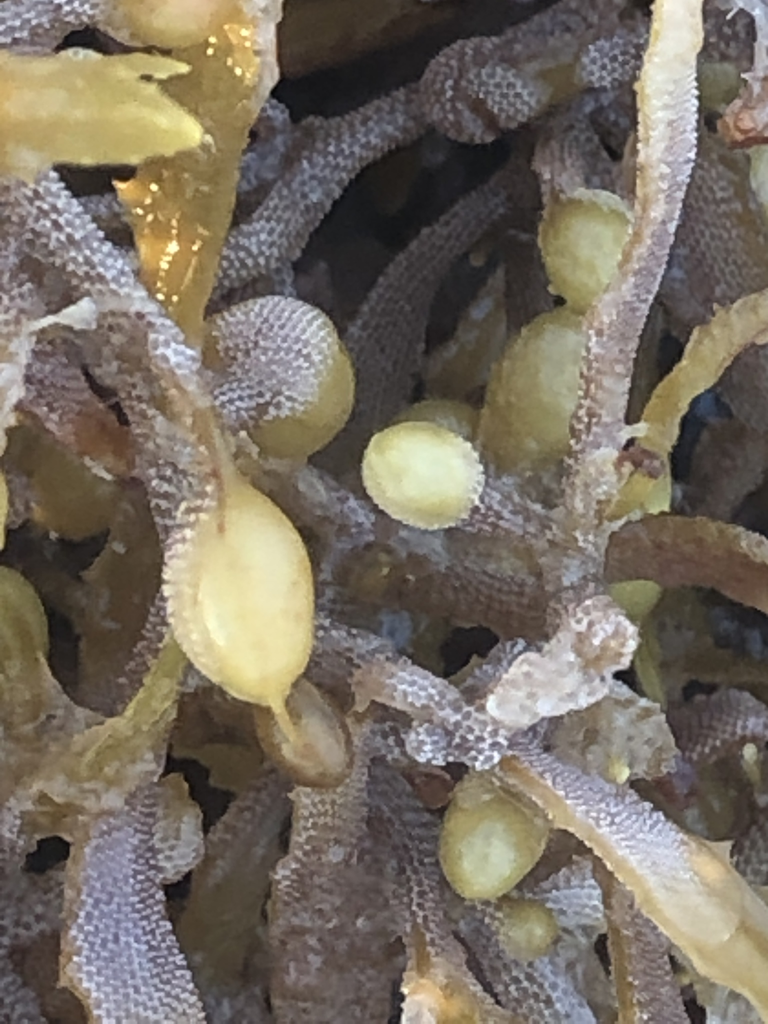
Photo by Larry Swift📸 👉(Click here to see photo)
📍Port Aransas Beach, Port Aransas, TX, US
A year later, in 2012, Cuba was the next affected, with banquettes several meters high in Cienfuegos, directly affecting the tourism sector and the dolphinariums there. Another affectation was due to the toxicity caused by stinging substances of the invertebrates that inhabited the conglomerations of Sargassum☣️

Our little sargassum container project🌿
This project is carried out from scientific bases🔬, it is not an experimental work. Fiermonte (2015) suggests that sargassum can have different uses:
✔️It can be used to rebuild coastal dunes that have been damaged.
✔️Can be used to combat beach erosion
✔️It even has some uses for the agricultural sector, which can benefit workers in the sector.
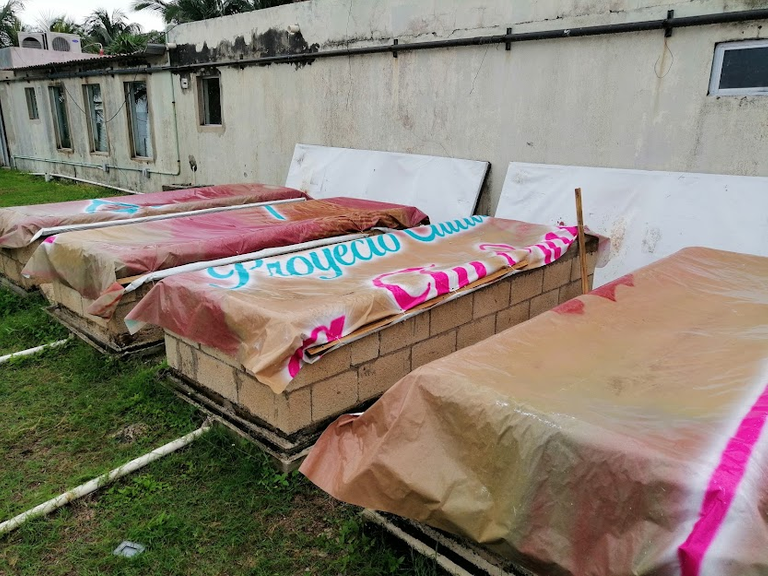
Photo by Juan Bacab G.📸
📍"Coral" Beach, Cancún, México
For this project, 4 concrete sargassum containers were built in the shape of a rectangle, they have been covered with tarps, and on top they carry other canvas and wooden lids. They have PVC leaks that allow the water to escape when being watered.
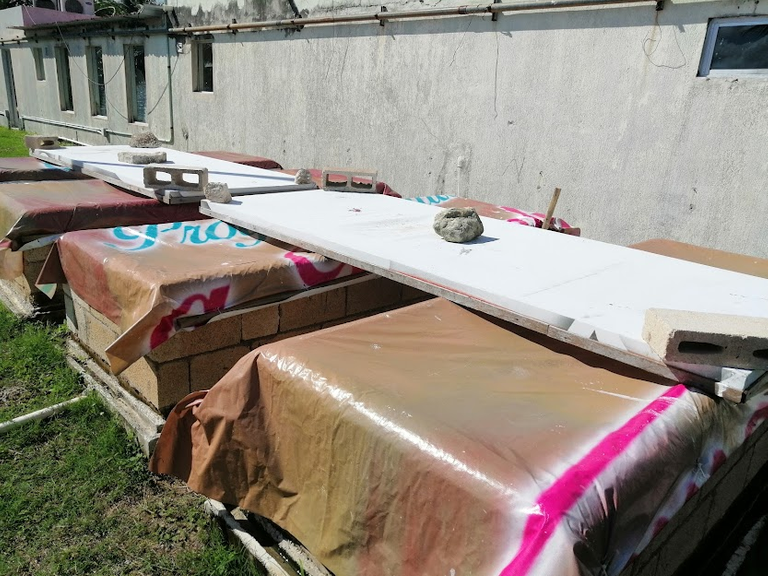

The method🌿
Because the climatic conditions in Quintana Roo are warm, a daily watering is done mostly, unless we are in the rainy season and the containers have been kept humid, to ensure that there are no significant variations with respect to the water used. for irrigation, characteristics of temperature, salinity, chlorine and other data are measured.
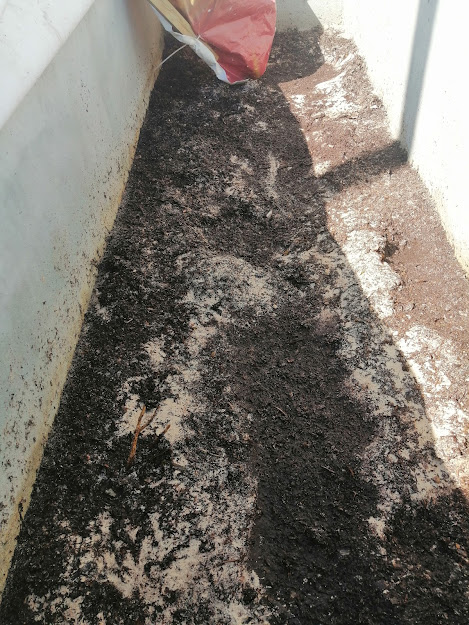
Photo by Juan Bacab G.📸
📍"Coral" Beach, Cancún, México

Photo by Juan Bacab G.📸
📍"Coral" Beach, Cancún, México
The secret "ingredient" is the worms🐛, that's right...

Photo by Juan Bacab G.📸
📍"Coral" Beach, Cancún, México
to obtain compost we go to the sea in search of worms that will later be added to the containers, where they will have the function of decomposing the sargassum to obtain compost...
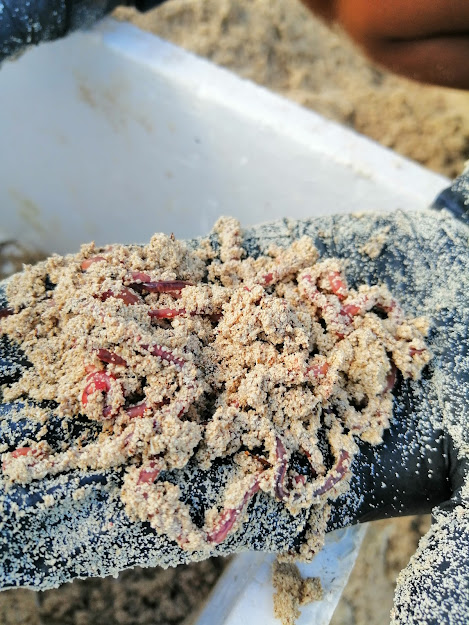
Photo by Juan Bacab G.📸
📍"Coral" Beach, Cancún, México
with the objective that this compost It is useful as fertilizer and nutrients for plants, although it has also been thought to test other uses such as those described by Fiermonte (2015). 👉All this work will contribute to our current problems in Mexico.

👉Join the Aquatic Sentinels!🐋
This project is dedicated to the preservation of our sea, our rivers and lakes, our lagoons. Let's make it possible! Let's share scientific and quality information for the good of our aquatic world!

🐟🐋Welcome!🐬🐙

DNA - Densifying Nature-Appreciation :

DNA is an organization to foster and DENSIFY NATURE-APPRECIATION which aims to establish REPORTS OF BIODIVERSITY DATA that is contributed by all of us Hiveans and subsequently cataloged.

DNA animation GIF by @Suheri
Therefore DNA searches for HIGH-QUALITY posts that aim to DESCRIBE and determine the BIODIVERSITY AROUND YOU with added EXPLANATIONS and INFORMATION. For these informative posts they offer a CURATION SERVICE using the @dna.org account. It is also a CURATION TRAIL. Just add the #dna TAG if you think that any of your posts is what they are looking for.
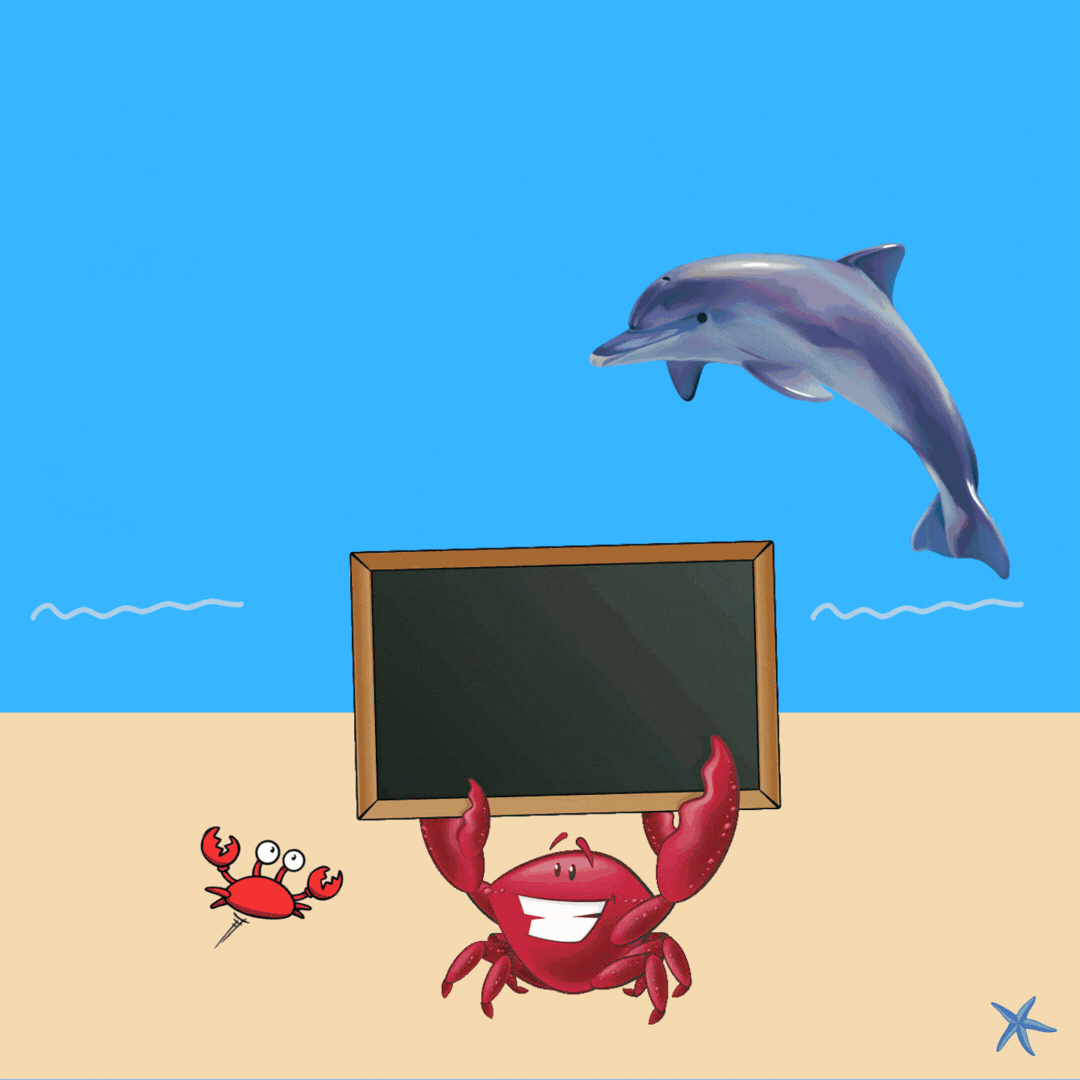
Aquatic Sentinels animation GIF by @juanbg
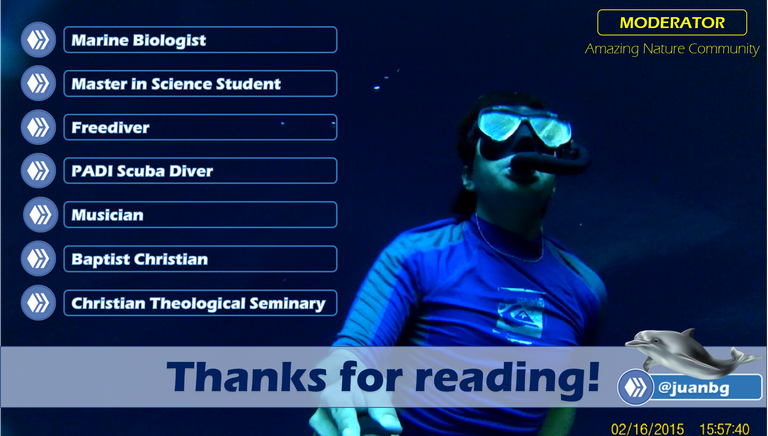
@juanbg: Leader of the Aquatic Sentinels Community
Composting Sargassum is a good idea.
What is the concentration of salt in the final compost?
Hi, @chrisaiki thanks for your comments!😃 Actually, the salt concentration is not a data that we are measuring, since the irrigation is done with hose water, the objective is to keep the compost humid so that the worms have a means to develop.
It would be nice if the Aquatic Sentinels could join the SEEDS community
https://joinseeds.earth/
Hello @chrisaiki thank you so much for this recommendation, the Seeds project seems very promising, actually I find it very interesting how to encourage good causes!
I have already downloaded the Seeds Global Passport app, however it asks me for an invitation code😅
yes, I will be pleased to send you one if you contact me on Discord at chrisaiki#0734 or @chrisaiki on Telegram
Thank you @chrisaiki i'll send you a message on Discord!
This project is very interesting, since they are taking advantage of an element that is harmful in the sea, such as sargassum, to turn it into something beneficial and productive, such as what you describe (compost, dune reconstructor, element that prevents beach erosion, etc.). It would be ideal to know the results of this project in the medium and long term, although since it lacks experimental character, it will surely have a good impact on the ecosystems in which it is developed. Good post, interesting idea. Best regards.
With great pleasure I can share the progress that this project is having, of course, it is important to know what will be the question to answer here, thank you for your comments @sirenahippie!😁🐬
I have a question. How is the sargassum bad for the environment? I know they don't "look" great apparently. But are they harmful somehow? I missed that part.
They are essentially seaweed. On the beaches of Cape Town, we get a lot larger species of seaweed wash up on shore regularly, especially after storms. They are parts of the ecosystem and the seaweed washing up on shore are food for certain animals.
Hello @zakludick! I thank you for your question, it is actually an interesting question, because one of the main problems is that, having large amounts of sargassum floating in the water, this greatly reduces the available oxygen, leaving the area in conditions of hypoxia and death for some organisms.
Ah! I understand that. Is that because the sargassum is a very fine material?
The Seaweed that we get on our beaches here is not littered with such small things, they are large pieces until they start breaking down.
I did a little more research and remembered all the things I learned and forgot at the beaches, school, and the aquarium. What we have washed up is part of several kelp forests. So these are large species of seaweed. Perhaps something like Macrocystis.
I will be sure to take some pictures of these next time I am on the beach and send them to you.
Right... so reduced oxygen I guess... is because this sargassum floats on the top of the water like scum, preventing natural diffusion of oxygen on the water surface because it covers it like a thick blanket.
If there was a way to cheaply agitate the water and move the sargassum away then it would help aerate the water as well. Like a fish tank? They blow bubbles in a fish tank to introduce oxygen and save those organisms.
Perhaps you will know a better way or find someone who does.
Hello @zakludick😄 I thank you for the contribution and your ideas, I understand that you live in places where there are kelp forests, in that case the algae function as a complete habitat for the species that live there.
In other parts of Mexico there are also kelp forests and in those areas you can see sea lions, we do not see them in other areas!
In conclusion, marine algae play a very important and different role by species, leading to other organisms interacting in a different niche🐬
Awesome. I love this kind of information. Thank you.
Thanks to you! you're welcome to this community😃🐬